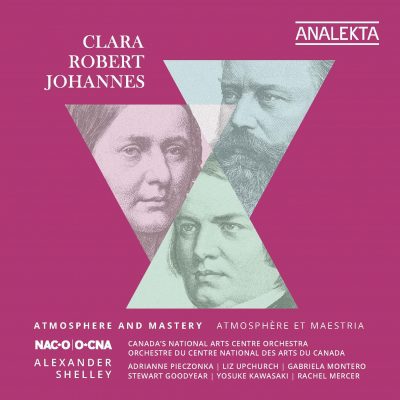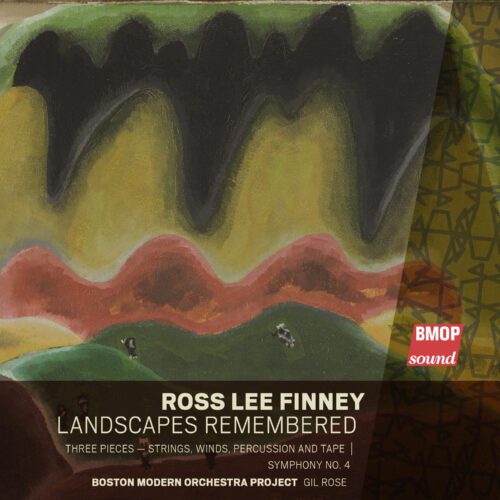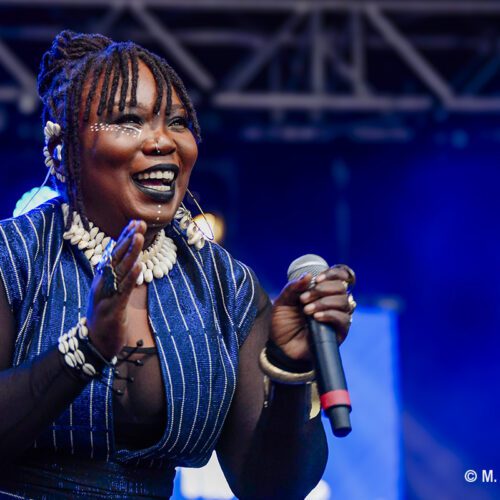The National Arts Centre Orchestra is not one to shy away from a challenge, but this album series is somewhat of an anomaly, both conceptually and in terms of scale; for the third instalment to resonate so strongly is nothing short of impressive.
The series began with Darlings of the Muses, named for the title Robert Schumann supposedly gave Johannes Brahms after first hearing Brahms’s music. Both of their love for Clara Schumann created a complicated dynamic that in turn influenced their music, the drama of which forms the basis of the NAC Orchestra’s years-long project.
The series itself has its own fraught history. The first album came out during the pandemic – May 2020, to be exact, when the torrential scale of the plague began to make itself known to the world – and the second in December 2021, when recording would likely have been difficult due to lockdown restrictions. That alone marks the third release as a display of dedication.
As with these previous two albums, Atmosphere and Mastery contrasts a symphony by Brahms against the analogous, earlier symphony by Robert that inspired Brahms. Composed in around a month, the third symphony by Robert is a cascading exploration of his emotions, from the flighty second movement to the triumphant last movement. Though it’s not inspired by Clara, the strong feelings he had for her undoubtedly infused the romantic feeling of this work, as shown by the NAC Orchestra’s brilliant rendition.
Clara’s operas feel sudden after the emotionally adventurous symphony, but the singer’s soothing voice and the low intensity of the compositions makes it instantly comforting. Quatre pièces fugitives and Piano sonata in G Minor follow this calm pattern, helped immensely by the orchestra’s expert pianist. The initial intensity that seeks to ease the listener out of Robert’s compositions signals her grief at her husband’s mental deterioration, and the calm transition shows her continuing her work as a virtuosic musician despite his tragic death. Clara is more prevalent on this album than the two previous entries in this series, which only goes to show the degree of her fame in comparison to Robert and Brahms.
The piano sonata leads into the sweeping experience that is Brahms’s third symphony, which contains several motifs from Robert’s symphony. This composition puts much more emphasis on pairing the strings and brass instruments, giving it a deeper and more contemplative sound than the works heard so far as Brahms grapples with the drama of the Schumann family. It distinguishes him from Robert while still incorporating his melodies to reflect Brahms’s similar feelings for Clara. But his melodies don’t feel close to hers until her last composition on the album.The more romantic Piano Trio in G Minor, Op. 17 picks up the pace from Clara’s previously showcased works, and it emphasizes the violins more, which is the NAC perhaps demonstrating how Brahms and Clara became emotionally and musically closer as time went on. Yet her insistence on piano despite its absence in Brahms’s work suggests their fate of never truly being together. It’s a theme whose further exploration will be highly anticipated in the project’s final instalment.
























